I little while ago, I got chatting to Marwan and Charys from SilvergrainClassics, the organisation that publishes Photoklassik International Magazine. After a bit of to and fro, I suggested it might be a nice idea to do a bit of an email interview with Charys about the magazine as well as the wider film photography community and industry. So as we enter into a new decade, I thought it a good time to share that conversation. As Charys talks about, all isn’t perfect in our community or industry, but things are definitely on the up, and there’s a lot to feel very positive about!
The following is the outcome of our email chat:
H: So firstly, thanks for taking some time to do this. I think Photokasslik International is a fantastic magazine, but one that I’ve only recently been fully aware of. I was missing out, and I think I lot of my readers might be too. So before we get to chatting about the wider industry, let’s start with a very simple question: What is Photoklassik International Magazine all about?
C: In a nutshell, PhotoKlassik International is the magazine of the SilvergrainClassics brand, about the entire world of analog photography and cinematography.
When we announced our plans a little over a year ago, some people thought we were really daft – a print magazine about film?! How much more dead can you get! But our Kickstarter reached almost 300% of its goal and we have doubled our subscriber base in our first year. We now ship to over forty countries on six continents.
H: That’s impressive. And yes, a print mag about film – I can see that some would definitely see that as being a dead medium about a dead medium – but to the right people, neither of these things are dead, so I suppose that’s almost the whole philosophy here?
C: Our philosophy is pretty straightforward. We feel that a print magazine is similar to a film photograph in that you actually have something in your hand, it isn’t a fleeting image on a screen. It can be collected and treasured, and you read it in a different and more mindful way than you do an article on the web. Don’t get us wrong, we love the online community and all the information that is available! But while there are many online blogs and sites about analog photography, there wasn’t an English-language print magazine about film until we started PKI.
Because we share our readers’ love of tactile experiences, we put a major emphasis on the production value of the magazine. The portfolio reproductions are book-quality, and each issue is as heavy as most novels. This is nothing that you thumb through once and then throw away, it’s something to enjoy over coffee and come back to over a period of weeks or even years. It’s intended to provide an ongoing reference source and inspiration.
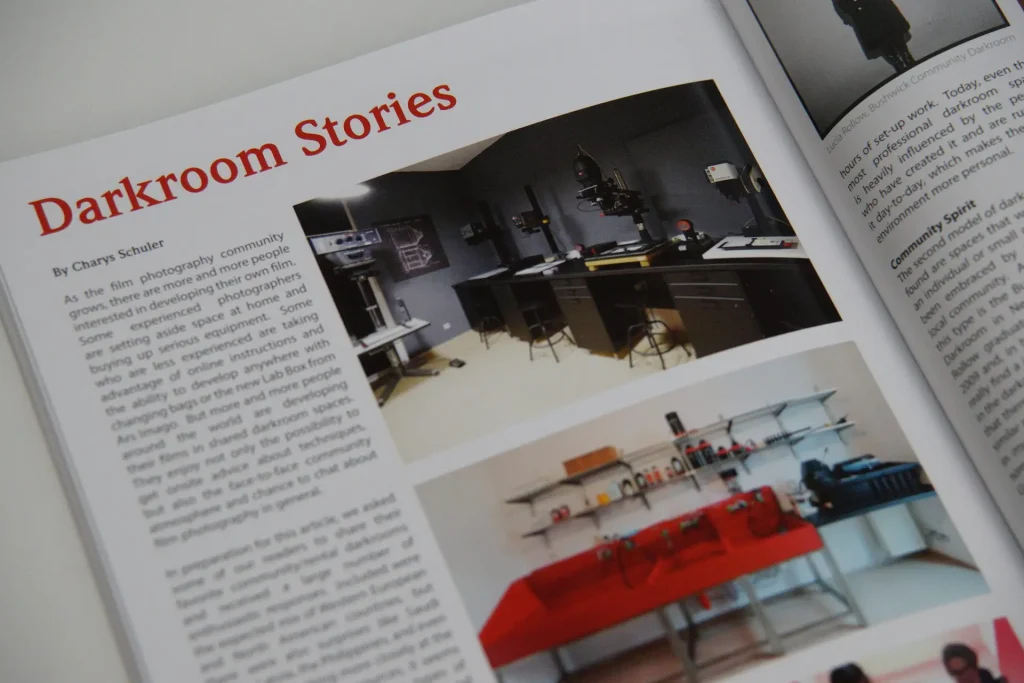
The texts are designed to complement the quality of the photos – we value the beauty of language as well as the images, and we want to preserve and pass on important knowledge that is in danger of being lost in some cases. Instead of getting journalists to write for us, we have assembled a group of really passionate film photographers who want to share their love and expertise with the community. We also keep the advertisements to a minimum (only 3-4 pages per 100), preferring instead to finance the magazine through subscriptions. (Just as a comparison, a leading magazine about digital photography recently had over 30% ads!)
H: That’s great! I think if there is to be a print magazine about any topic, you’re right, analogue photography is a good fit! So who are you guys then? Who is the team made up of?
C: Who are we… Haha, it’s such a philosophical question!
PKI is part of a larger group, SilvergrainClassics, which includes the PhotoKlassik Akademie and the SilvergrainStudioLab. The Akademie and StudioLab do workshops, both in Europe and locally at our studio in Bad Nauheim, Germany. The people who are involved in all three branches are myself (Charys Schuler), Marwan El Mozayen, and Andreas Waldeck, so I guess we are the “core team”.
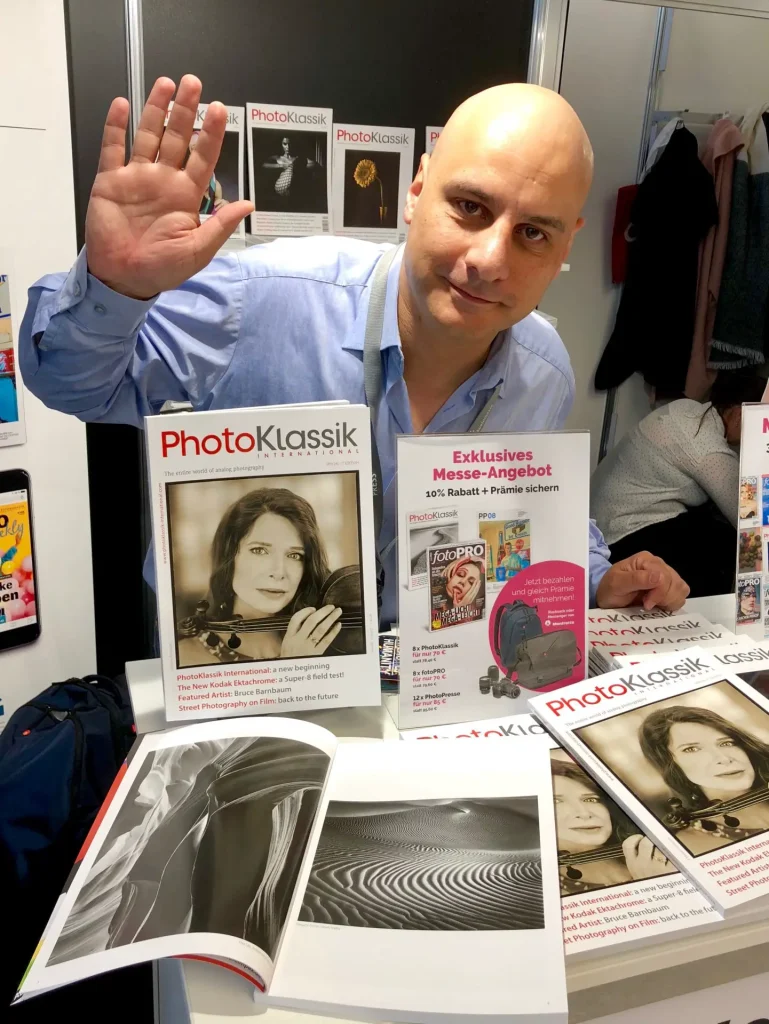
Marwan is the real heart of the whole thing, the mover and shaker, and our “poster boy.” He has been an analog photographer all his life and has really encyclopaedic knowledge about all things analog as well as extensive contacts to the businesses that support the community. PKI was his idea; he was and is an author for PhotoKlassik in Germany, noticed that there was a need for an international publication, and decided to make it happen.
I was brought in at first as a spokesmodel and writer for the Kickstarter and have wormed my way into being responsible for quite a lot at PKI: writing several articles per issue, editing all the prose, recruiting content, and deciding what combination of articles to use in each issue. Andreas is the least visible of our team. He is a photographer himself and runs the large format forum here in Germany in addition to giving workshops. At PKI, he is responsible for keeping our IT infrastructure and customer service running.
Publishing Photoklassik International with a core staff of three people, all of whom have “day jobs,” is actually sort of insane. Most publications of our size have a full-time staff of about ten to fifteen people. Fortunately, our contributors are just as crazy as we are and are willing to be incredibly generous with their time, effort, and expertise. We are very proud to feature regular contributors as wide-ranging as Bruce Barnbaum, who has sold hundreds of thousands of books and is a true elder statesman, and Bellamy Hunt, the Japan Camera Hunter, an influencer extraordinaire and connection to the young analog community.
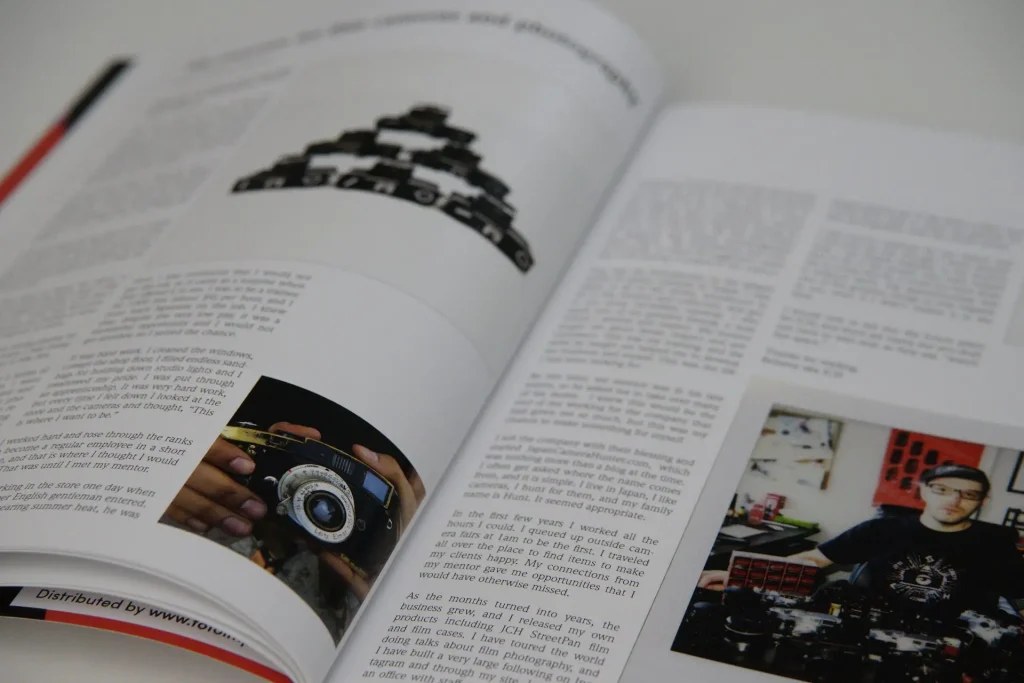
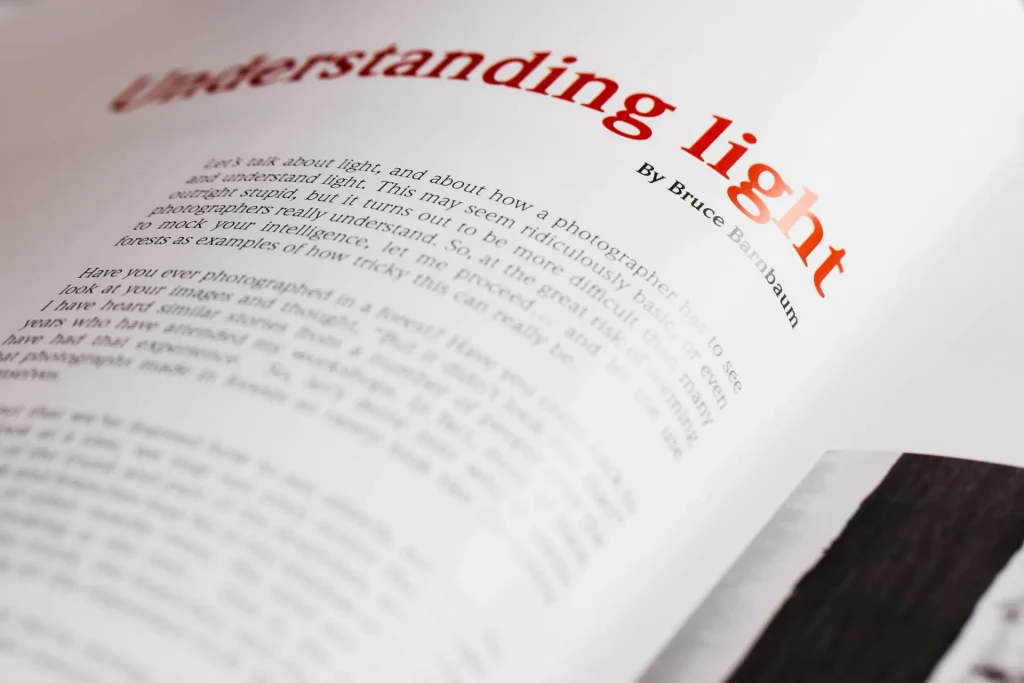
H: It’s funny, the way you talk about it as a side-hustle that people do alongside their day jobs – this is a very familiar story to me. I run pixl-latr and the blog as just that, and I know of a lot of other small enterprises that are run in the same way. It’s nice in some ways; it speaks of the “community” vs. “industry” feeling that analogue photography has.
Is it sustainable though do you think? And I am asking about the magazine, of course, but more broadly what you think about the wider industry. Are you growing, do you see growth out there?
C: We absolutely see analog film users as a community, but of course it is supported by a very necessary industry. Both parts need each other to survive, and none of us can afford to undercut the other. On the one hand, it’s a little precarious, as we saw with the last-second saving of Tetenal. If they had gone under, it would have had serious repercussions for the entire analog world. But on the other hand, it means that there isn’t so much cut-throat competition like you see in many other businesses, and the industry can be a part of the community in a way that is rare and special.
PKI is definitely growing – we have doubled our subscriber base since the first issue and we are working hard to find good distribution partners around the world to be able to grow faster. We believe it is sustainable because our niche community has already seen the collapse of the mass-production and mass-marketing ethos when most hobby and professional photographers switched to digital. The film community is still very much alive and the supporting businesses are restructuring to meet the current needs. And probably most importantly, the people in both the community and industry are really passionate about what they are doing. All the people who were in it for pure, easy profit left during the digital revolution, and the ones that are still with us are tough and committed.
A really good example of this is Mirko Böddecker of ADOX. When Agfa collapsed, he invested huge amounts of money to rescue the machinery not knowing when or even if he would be able to get it running again. Gossen has changed the main focus of their production to scientific and industrial light metering, but they are committed to keeping the niche of traditional photography light meters in their portfolio even if it isn’t a big money-maker. JOBO is a 90-year-old family-run business that could have switched to more profitable technical equipment production, but photography is their passion and heritage. And of course, we are seeing many small companies bringing out films to support the community in addition to the big brands, and we are all excited about the new Ektachrome and Fuji Acros II.
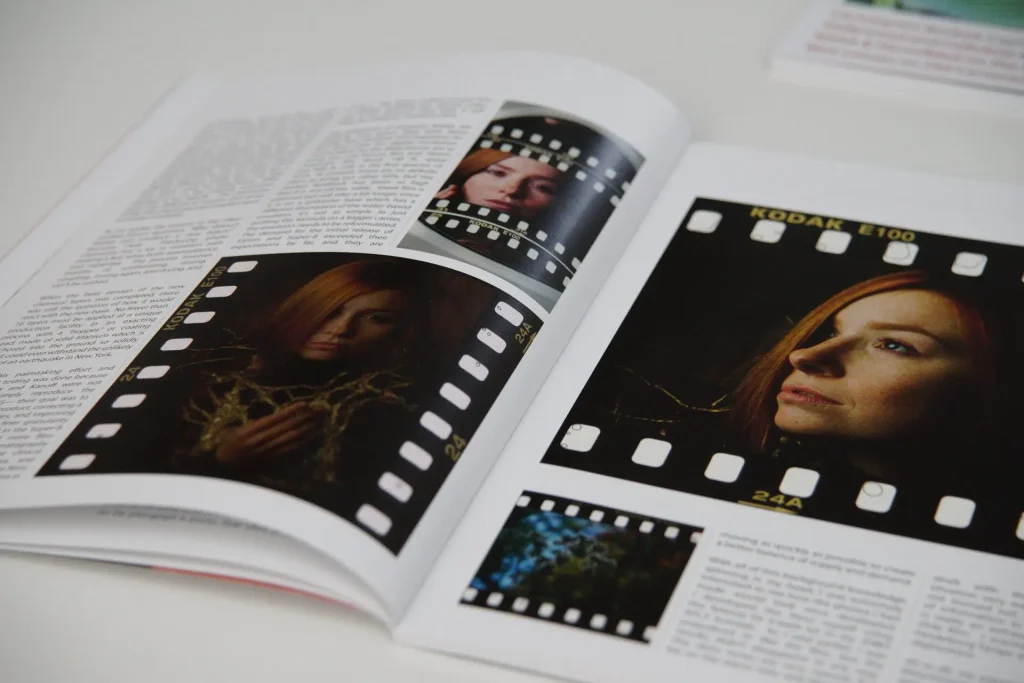
Coming back to PKI, though, we are at a special point in our growth curve when we need the community’s support. We just passed the one-year mark and had a high rate of renewal from our initial subscribers, which is fantastic! But we need our customer base to keep growing if we want to continue to run the way we are now, with very few advertisements.
H: Interesting. Though, I suppose well placed high-quality advertising is in itself an important part of the growth of the industry. If your magazine grows and provides a platform for advertising to the industry, that can’t be a bad thing. As it is – and to touch on something you’ve already said – PKI feel very light on adverts, but the quality of advertisers is very high. The recent advert for Kodak film for example. It would feel remiss not to mention it given the fact that it’s the first advert for Kodak film in how many years? It must be quite exciting to be a part of that!?
C: That’s a good point, and we are very happy to have a few high-quality and relevant ads, of course! As you mentioned, it helps inform the community about what the industry has to offer, and we have been surprised sometimes about how many people aren’t actually aware of companies that are “still” in business or services that are right around the corner from them that they hadn’t heard about. The Kodak ad was certainly a big attention-draw, and it seems to have raised confidence in the state of things in general. It is definitely very exciting to be a part of that! And we are proud to have Kodak as a partner, both as an advertiser in PKI and also as a supplier for our workshops. We also partner with ADOX, and there are more cooperations in the works.
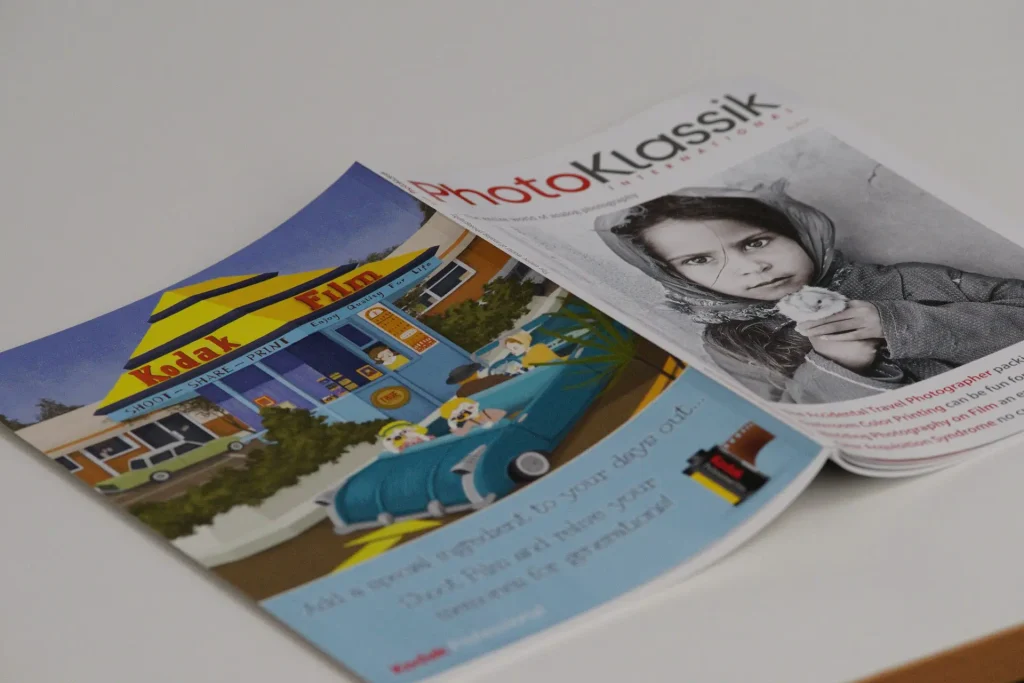
In addition to the big companies, the community is looking for replacements for the old brick and mortar stores that used to stock all these great products. The internet is a fantastic way to get things delivered, but it can be a challenge if you aren’t sure exactly what you want or need. There need to be more places where people can go to get advice on what to buy and to test out pricier products, as well as learning techniques. That’s where places like our Silvergrain StudioLab come in. You can come by and “test-drive” a JOBO processor, a Heiland or Ilford split grade controller, a Heidelberg drum scanner, try out different developing chemicals or learn how to develop all kinds of different films, learn to print black and white or color…. I could go on and on! We love having this face-to-face contact with the community, and we are hearing about more and more brave and/or crazy individuals around the world who are also opening up centers for film photography.
H: So what about these individuals then – how do you think the average consumer of analogue photography has changed? The digital world has obviously had an impact, as has the shutting down of many of the bigger companies that supported the industry and community. People’s motives for shooting film are of course different too. Are we just a niche-interest bunch now, or do you think all this is heading back toward the mainstream?
C: The average consumer of film photography has certainly changed in the last two decades. Obviously, before the digital revolution, film was the only way to make photos. Then, to many people, it looked like digital was simply going to replace analog. It really hasn’t turned out that way, though, and there have always been photographers, both amateur and pro, who prefer to shoot film. But that’s nothing you don’t know!
Right now, the DSLR market is collapsing; the people who used to buy inexpensive digital cameras are just using their smartphones, and pros are getting fed up with investing serious money every two years to get another XX megapixels, especially when the average pay per image is going down.
Some people seem worried that film photography might be “dying out” as the pastime of an older generation. Our statistics show that almost 2/3 of our readers are under the age of 35, and we see the same trend at conventions and workshops. The generation born into a world where digital is the norm are discovering all the different ways of making an image. These young photographers often have great digital equipment alongside their 35mm, medium format, and also large format equipment, and they are interested in experimenting with unusual photographic techniques like wet plate. One reason for this might be the tactile aspect. They are fed up with having their entire lives go by in front of a screen, and the nature of film means that you have a physical result. Another reason may have to do with social contact, since many film enthusiasts share their results with others in a face-to-face way, whether at a community lab, a photo meet-up, a workshop, or at an exhibition.
We also see that more and more professionals of every age group are adding analog back into their standard services, especially the ones who are interested in pushing creative boundaries. People, in general, do respect a photographer who is able to shoot film, so it gives them an advantage in a competitive market. And customers are starting to look for something different than the usual, perfectly edited digital image; they want something with an individual character, and film offers a lot of possibilities in that direction.
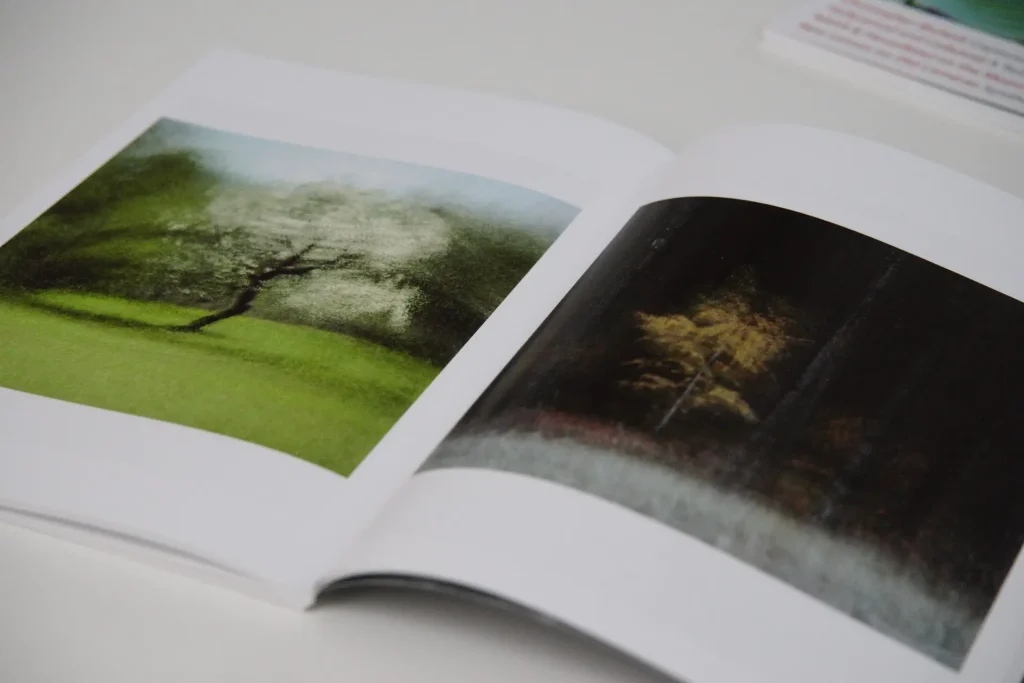
None of this is to say that analog will replace digital by any means, or that it should! But we think film has a solid place in the world of photography. We have committed industry partners to support us, and the world outside our niche appreciates what we have to offer. Possibly most importantly, we really are a community, and people are attracted to that. Perhaps they are craving positive ways to connect with others in what is so often a divisive social and political climate. Maybe it’s a bit too philosophical for a photography magazine, but we are really proud to have friends in the community and contributors to PKI that have widely disparate points of view on many issues outside of photography. It’s exactly that aspect, appreciating international viewpoints and variety and finding common ground, that is one of the most inspiring for us, and a passion for film provides a great place to start.
H: So in short, at the turn of the decade, would you say you’re feeling optimistic about the future of analogue photography?
C: In short, we are very optimistic about the future of analog photography! And it’s great to feel like we are part of a community that feels the same way.
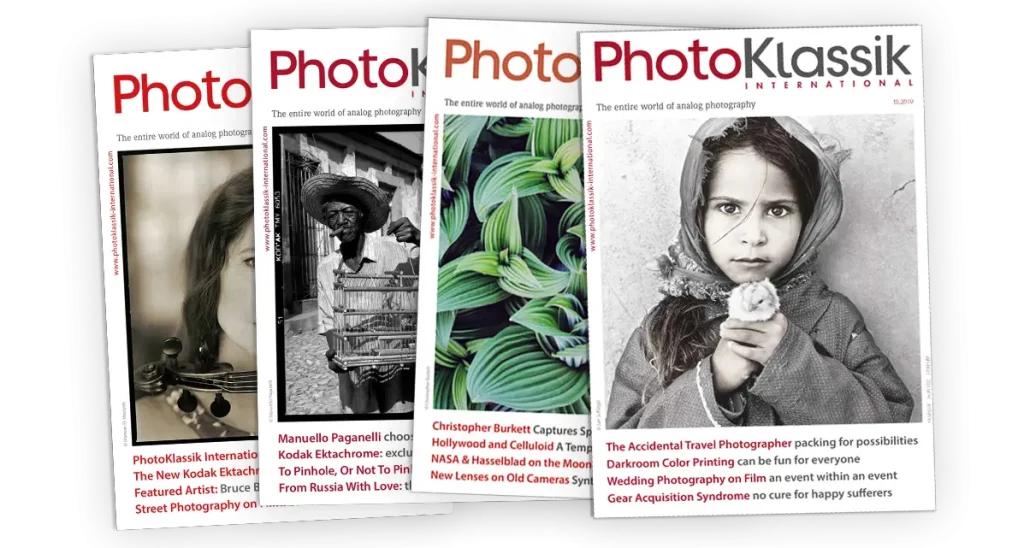
H: Good to hear, that’s exactly how I feel!
Ok, so finally, back to the magazine. Please let people know where they can find more information, where they can subscribe, or indeed resubscribe, and any social media links where people can keep up with what you guys are up to.
C: Our web site where you can order the magazine is www.photoklassik-international.com/shop
and we have accounts on FaceBook, Instagram and Twitter.
Share this post:
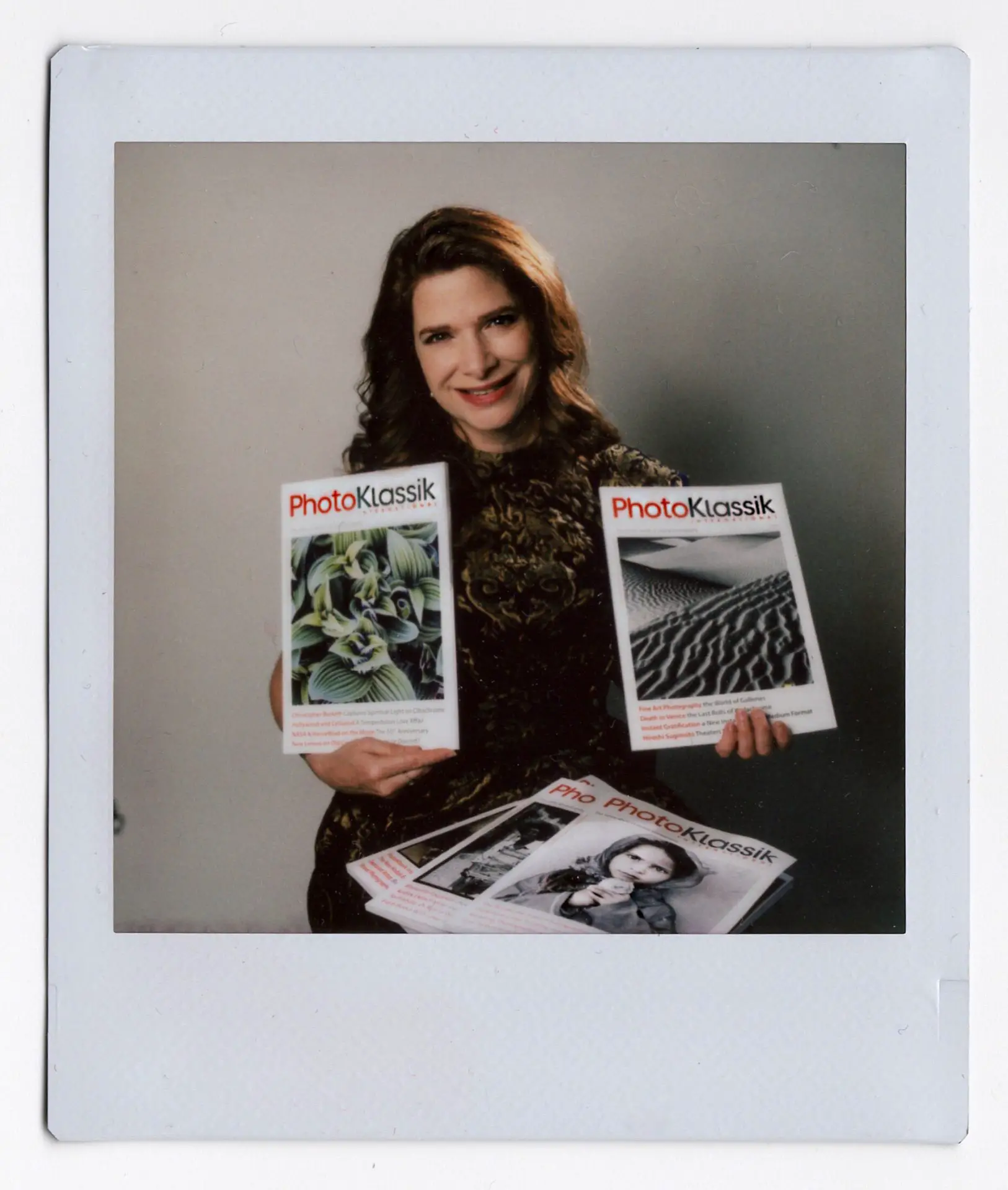








Comments
jeremy north on The State of the Film Photography Industry at the turn of 2020 – An interview with Charys Schuler, Editor, PhotoKlassik International
Comment posted: 01/01/2020
Jeremie on The State of the Film Photography Industry at the turn of 2020 – An interview with Charys Schuler, Editor, PhotoKlassik International
Comment posted: 03/01/2020
PhotoKlassik International is now SilvergrainClassics (and pixl-latr is reviewed in the latest edition) - 35mmc on The State of the Film Photography Industry at the turn of 2020 – An interview with Charys Schuler, Editor, PhotoKlassik International
Comment posted: 07/03/2020
Khaled_IM on The State of the Film Photography Industry at the turn of 2020 – An interview with Charys Schuler, Editor, PhotoKlassik International
Comment posted: 10/03/2020
My print issues of Photon International and Gramophone Magazine are stored in Ikea boxes that themselves occupy much needed space. Ditto my LP collection. Books wise, only Atget, Sander and one or two others have kept a place on my limited shelf space. I had a good deal more but not the room to keep them.
Yes, the 'tactile feel of book quality reproductions' is lovely for those who can accommodate physical volumes but focus on the print edition need not be exclusive, the medium need not be the message in this instance. If the idea is to promote photography and photographic method, a more diverse approach would likely attract a greater readership without compromising quality of content. I for one would subscribe in an instant if an online edition were made available. As things stand and given my experience with print subscriptions, I would regrettably pass on this publication while wishing it all possible success.
Robert Devere on The State of the Film Photography Industry at the turn of 2020 – An interview with Charys Schuler, Editor, PhotoKlassik International
Comment posted: 28/09/2023
Comment posted: 28/09/2023